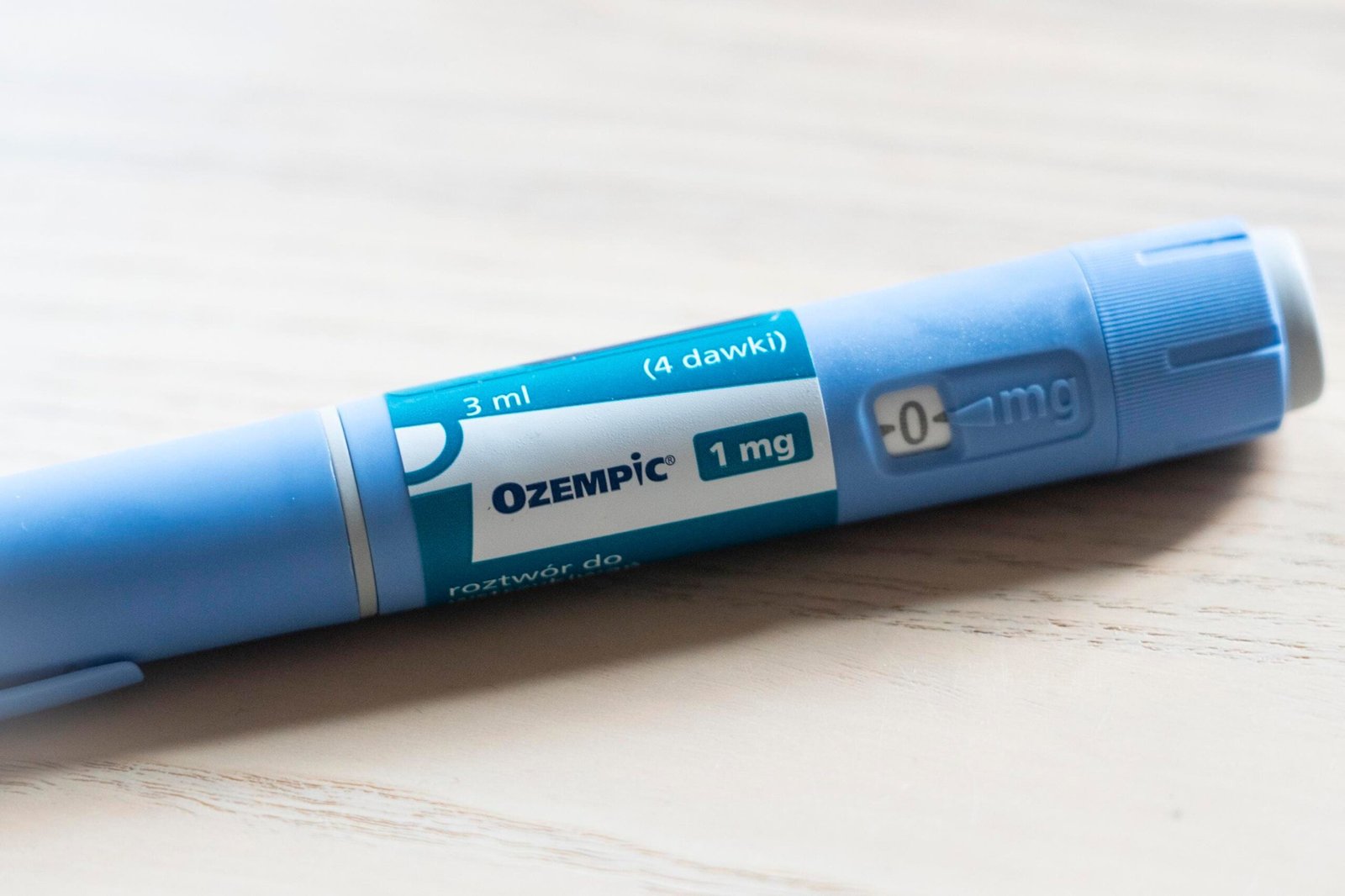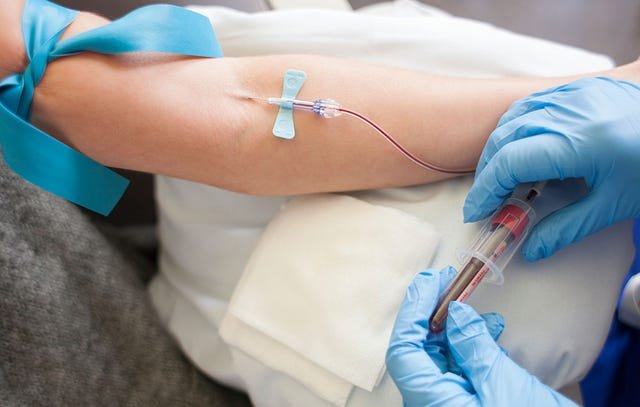Food cravings are often one of the biggest challenges people face when trying to manage weight or regulate eating patterns. These cravings are not merely about hunger; they involve brain signals, hormones, and complex pathways that influence how we think about food. In recent years, Ozempic Injection in Dubai has emerged as a treatment not only for managing blood sugar levels but also for helping individuals regulate cravings by working directly with the brain’s appetite centers. This article explores how Ozempic impacts brain signaling, its role in reducing cravings, and why it is increasingly becoming a trusted option for those seeking sustainable wellness under the guidance of skilled professionals.
Understanding Food Cravings and Brain Signals
Cravings are triggered by a combination of psychological and biological mechanisms. While hunger is the body’s physical need for energy, cravings are more about desire and reward. The brain’s hypothalamus, along with regions like the amygdala and prefrontal cortex, plays a central role in regulating these urges.
- Dopamine Release: Cravings often stimulate the brain’s reward system, increasing dopamine, which makes us associate certain foods with pleasure.
- Hormonal Influence: Hormones like ghrelin (hunger hormone) and leptin (satiety hormone) regulate appetite but can sometimes be imbalanced.
- Stress and Emotions: Stress hormones, such as cortisol, often intensify cravings, particularly for high-sugar or high-fat foods.
How Ozempic Injection Works in the Brain?
Ozempic (semaglutide) belongs to a class of medications called GLP-1 receptor agonists. While originally developed for type 2 diabetes management, its effects on weight regulation and craving control have become just as significant.
Mechanism of Action
- GLP-1 Mimicry: Ozempic mimics the natural hormone GLP-1 (glucagon-like peptide-1), which helps regulate appetite.
- Signal to Satiety Centers: It binds to GLP-1 receptors in the brain’s hypothalamus, sending signals that the body feels full.
- Reward Pathway Regulation: Research suggests it may decrease the activity in brain regions associated with food reward, reducing the psychological pull of cravings.
Table: Key Effects of Ozempic on the Brain
| Brain Function | Effect of Ozempic Injection | Outcome |
|---|---|---|
| Hypothalamus | Stimulates satiety signals | Reduced hunger and early fullness |
| Reward Centers | Lowers dopamine-driven food reward | Fewer cravings for high-calorie foods |
| Prefrontal Cortex | Improves decision-making regarding food | Better self-control over eating |
| Hormonal Balance | Reduces ghrelin, enhances GLP-1 action | Decreased appetite signals |
Why Reducing Cravings Matters for Long-Term Health?
Cravings are often responsible for derailing health goals. By reducing the intensity and frequency of cravings, individuals can:
- Maintain balanced eating habits
- Avoid binge-eating episodes
- Improve blood sugar control
- Support long-term weight management
Clinical Insights: Brain Imaging and Ozempic
Studies involving brain imaging have revealed how GLP-1 receptor agonists like Ozempic influence neural activity:
- Reduced activation in reward-related brain regions when exposed to food cues.
- Increased activity in satiety centers, reinforcing feelings of fullness.
- Altered connectivity between brain regions that regulate self-control and desire, helping individuals make better food-related decisions.
Lifestyle Integration with Ozempic
While the injection regulates cravings biologically, adopting supportive lifestyle habits enhances its results.
Supportive Strategies:
- Balanced Diet: Pairing Ozempic with nutrient-dense meals maximizes satiety signals.
- Mindful Eating: Paying attention to hunger and fullness cues reinforces the brain’s recalibration.
- Consistent Sleep: Adequate rest reduces cortisol, which otherwise triggers cravings.
- Physical Activity: Exercise not only aids metabolism but also improves dopamine balance.
Our Doctors’ Expertise in Administering Ozempic
The effectiveness of Ozempic is not only about the medication itself but also about the precision and medical expertise behind its administration. At Dynamic Life Clinics, our doctors are highly trained in endocrinology, weight management, and metabolic health. Their specialized knowledge ensures:
- Personalized treatment plans tailored to individual needs.
- Comprehensive monitoring of brain and appetite responses.
- Safe and effective integration with broader lifestyle strategies.
- Guidance on achieving long-term wellness through science-backed approaches.
Table: Cravings Before and After Ozempic
| Aspect of Cravings | Before Ozempic | After Ozempic |
|---|---|---|
| Frequency | Frequent daily urges | Noticeably reduced |
| Intensity | Strong and difficult to resist | Milder and easier to manage |
| Food Preference | High-sugar, high-fat cravings | Shift toward healthier choices |
| Self-Control | Impulsive eating decisions | Improved decision-making ability |
| Satisfaction After Eating | Minimal, leading to overeating | Stronger satiety with smaller portions |
The Future of Craving Management with Ozempic
The understanding of how Ozempic influences the brain opens new avenues for managing not just weight but also eating behaviors at a deeper neurological level. This dual benefit—biological appetite control and reduced psychological cravings—suggests it could become an essential tool for holistic health management in the years ahead.
FAQ’s:
1. Can Ozempic stop cravings completely?
No, cravings may still occur, but Ozempic significantly reduces their intensity and frequency by modifying brain activity.
2. How soon do brain signal changes occur with Ozempic?
Many individuals notice changes in appetite and cravings within weeks of starting treatment, though results vary based on personal physiology.
3. Does Ozempic only affect food cravings?
Primarily, yes. It targets appetite-related signals, but its broader impact on reward pathways may also influence general impulse control.
4. Is Ozempic suitable for people without diabetes?
Yes, under medical supervision. While it was first developed for diabetes, it has shown effectiveness in appetite control and weight management.
5. Can lifestyle choices enhance Ozempic’s effect on cravings?
Absolutely. Combining Ozempic with mindful eating, exercise, and stress management greatly improves outcomes.
6. Does Ozempic affect brain health beyond cravings?
Emerging studies suggest potential cognitive benefits, though more research is needed to establish a direct connection.
Conclusion
Ozempic has proven to be much more than a diabetes treatment. By working directly with the brain’s signaling pathways, it helps reduce cravings, balance appetite, and improve self-control around food. This unique action sets it apart as a trusted option for individuals aiming to overcome the constant struggle of cravings. With the guidance of experienced specialists, the integration of Ozempic into a broader wellness journey becomes safer, more effective, and sustainable. At Dynamic Life Clinic, our dedicated doctors combine their deep expertise with personalized care to ensure that each individual benefits from the latest advancements in appetite and craving management. Their commitment to excellence makes the journey toward balanced health both effective and empowering.
















Leave a Reply